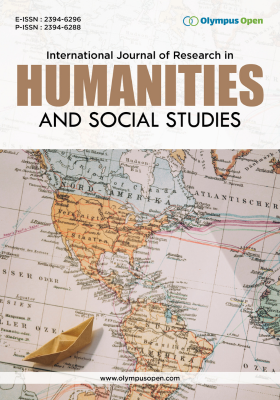Implications of Generational Land Sub-Division and Inheritance on Sustainable Development in Kenya
DOI:
https://doi.org/10.62557/2394-6296.120105Keywords:
Land Subdivision, Land Inheritance, Land Social Norms, Population Pressure, Sustainable Development, Conflicts, Land FragmentationAbstract
Land subdivision and generational inheritance have traditionally defined land ownership in most African countries, including Kenya. Over decades, this technique has drastically reduced landholdings, especially in rural Nyamira and Kisii Counties. As this research uses Population Pressure theory, Generational land subdivisions and inheritance in Kenya have far-reaching effects on sustainable development. Land is partitioned as people rise, making portions smaller and less economically feasible. This fragmentation reduces agricultural output, making it hard for people to survive as land is essential for survival and income.
The paper claims that land-related norms govern inheritance procedures and cause these households' social, cultural, and economic problems, not politics or structure. These long-standing customs promote land inheritance without addressing sustainability. This causes land fragmentation, financial instability, and poverty, especially in rural areas.
Competition for scarce land resources has increased family and community disputes due to population pressure. Land boundary, inheritance, and resource distribution disputes are growing, causing societal unrest. Conflicts arise when land resources become scarcer, hampering sustainable development.
The study stresses public awareness of the hazards of unrestricted property subdivisions and a change in land inheritance norms. Kenya may promote development for present and future generations by supporting sustainable land management. Without such adjustments, future generations may confront land shortages, conflict, and fewer economic possibilities, threatening the country's long-term progress.
Downloads
Downloads
Published
Issue
Section
License
Copyright (c) 2025 Author(s)

This work is licensed under a Creative Commons Attribution-NonCommercial 4.0 International License.

